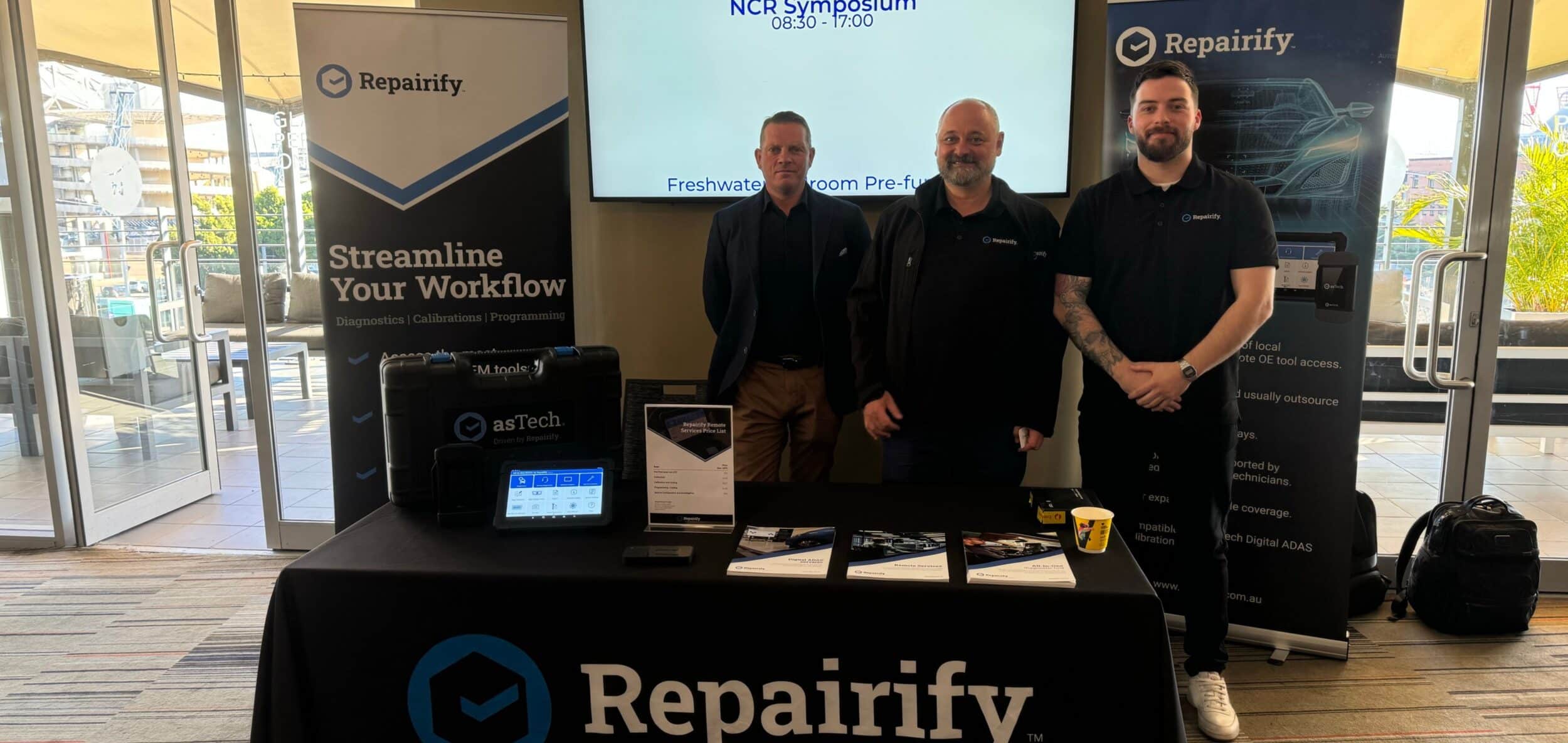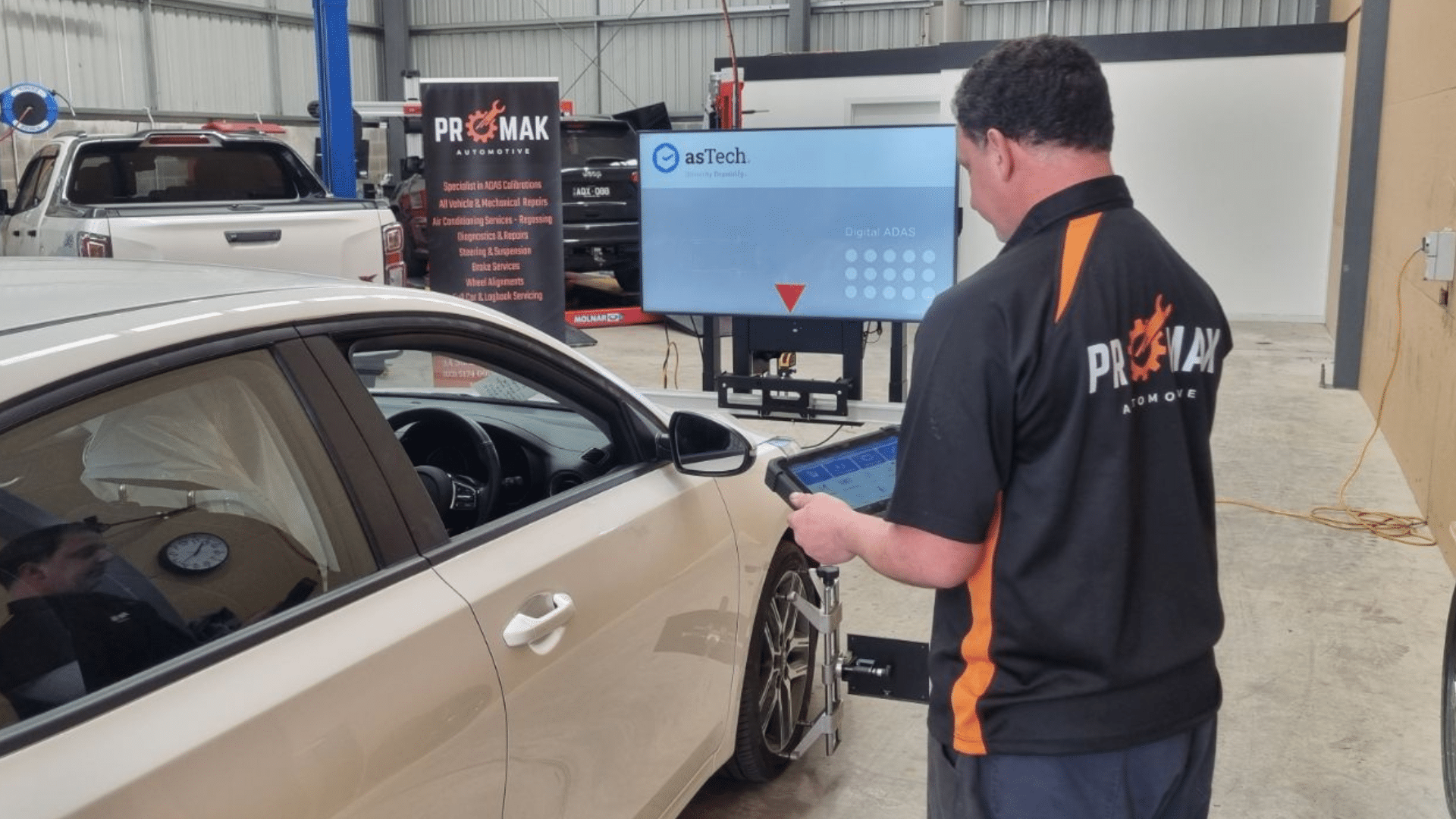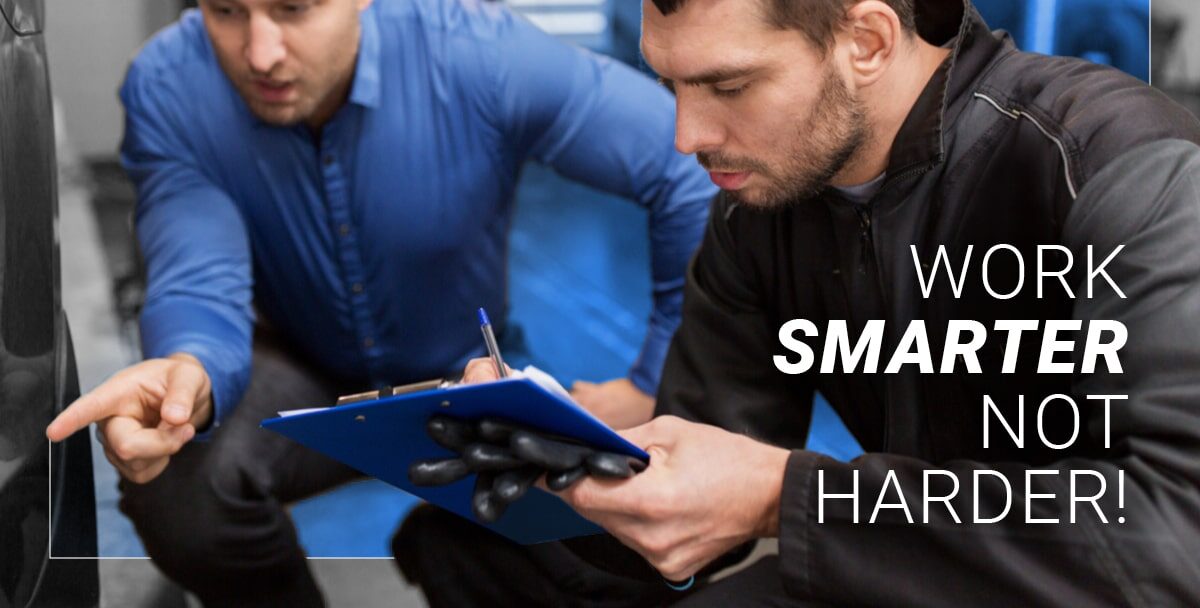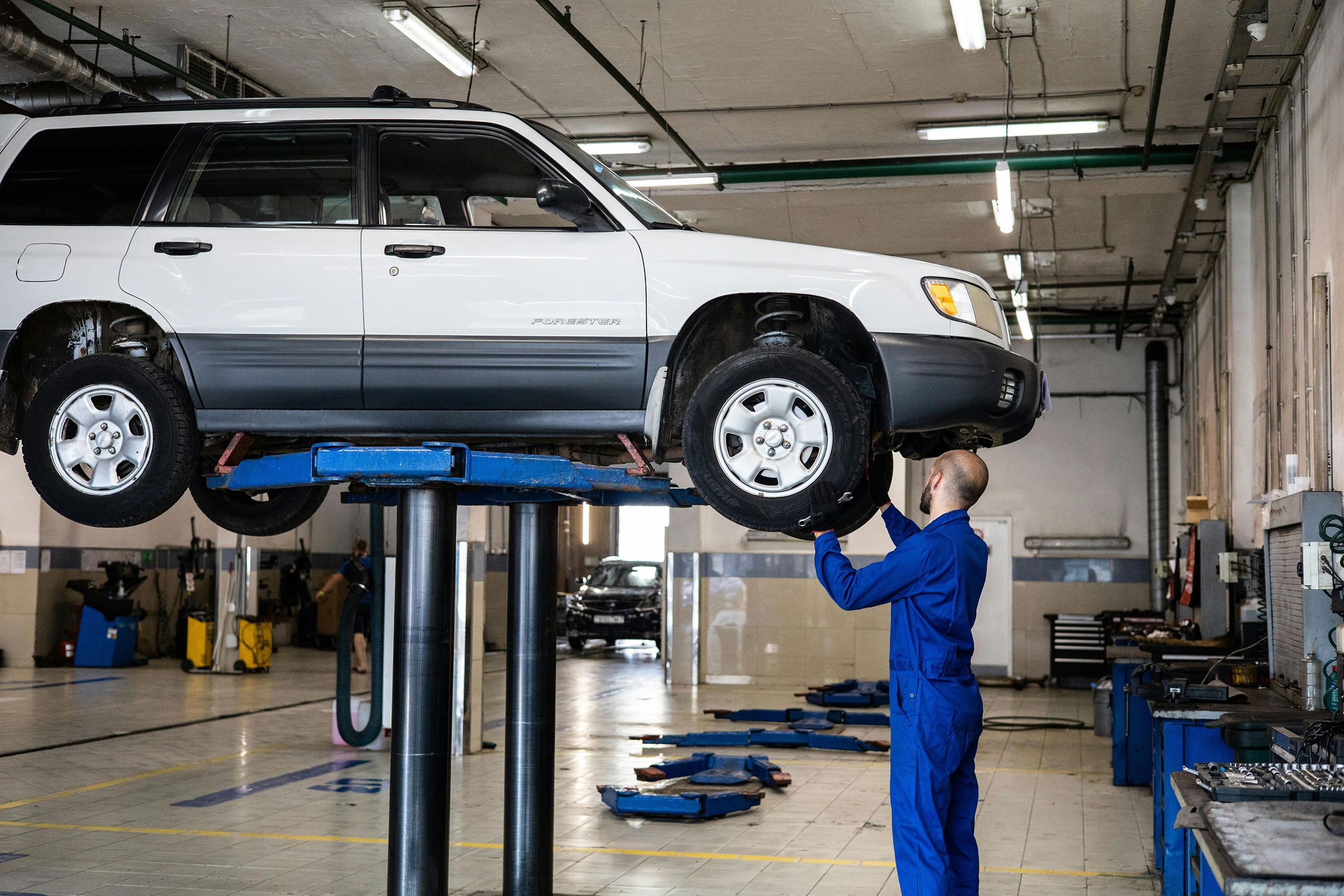Symposium 24 sets the tone for future industry action

Major challenges in the years to come on technology and recruitment, some incremental steps to meet these challenges and even a touch of good news to end the day.
These were the themes of NCR’s Symposium24 where about 100 industry leaders and participants gathered at the Sydney Novotel to discuss the most pressing issues facing the collision repair industry.
The atmosphere was one intent on shared solutions and listening to a diverse range of experts give their insights, not only to the ongoing challenges of a skills shortage but ever advancing technology.
Technology took a front seat, with special guest Repairify’s Martin Brown giving the keynote speech detailing the growing challenges and the benefits of remote diagnostic services that could overcome gateways.
This he said was critical to ensure complex repairs on modern vehicles with ADAS systems were done correctly and safely, as more and more of the technology came onto the workshop floor.
He noted Repairify was conducting 6500 diagnosis every day in the US and that in the UK 95 per cent of Tier 1 workshops were equipped with some element of ADAS calibration equipment and remote diagnostics to meet the rise of radar and camera-based technology in modern vehicles. This was contrasted to Australia’s slower uptake.
This set the tone for a later panel on technological challenges and opportunities where ADAS Solution founder Adrian Parkes, Hella Gutmann’s territory manager Steven Hines and the MTA NSW RTO compliance Anthony Tomasetti agreed that Australia was behind in the adoption of ADAS technology.
While the trio of experts all gave examples of sophisticated next generation technology, they conceded it was not infallible and but increased training and qualifications in ADAS repairs was critical.
MTAA CEO Matt Hobbs began the day with an overview of the automotive industry and stressed the imminence of change as new emissions technology and policies impacted the Australian car parc.
He said the MTAA had made progress on some policy issues including on the New Vehicle Emissions Scheme but there was still a lot of work to do as it opened the door for a massive increase in new brands, particularly from China.
“The car companies have to meet the fleet mix, but the rest of the supply chain has to be ready for them,” Hobbs says.
“It’s relevant to the whole industry because repairers have to fix them, others have to recycle them but most importantly the repairers have to get them back on the road quickly and efficiently. And this is taking into account a whole lot of brands we don’t even have on the market yet.”
He quoted figures to show there is predicted to be 160 mew models of EV by 2029 and this was exemplified by the rise of China which had gone from 3.5 per cent of new vehicles to 16 per cent in three years.
But he said a cohesive voice from the industry was critical in advocating in the competitive environment where other industries were clamoring in Canberra for attention on issues like skills shortages.
This lead to a presentation on the developments of the MVIRI Code of Conduct which is currently be revised and soon to be rewritten.
The chair of the Code of Conduct Committee Stephen Jenkins who is also chief legal counsel for the MTA NSW also emphasised this rapid change and stressed the need for a functioning and relevant document governing the relations between insurers and workshops.
“This industry is completely flipping in the space of a ten years,” Jenkins said.
“For small businesses the (current Code of Conduct) document is old, it’s complicated and doesn’t serve its purpose, more importantly it doesn’t serve the purpose of repair businesses over the next 10-15 years.”
He said the pace of change and the influx of new technology as for instance with new entry of multiple new Chinese automotive brands, made an outdated Code even more pressing.
“What’s it going to look like in a five-years time? And yet we are bringing technology into the industry now that isn’t even documented yet and repairers still have to make it work.”
Jenkins hopes a legal firm commissioned to rewrite the code will be appointed before the end of the June and that following consultation period a finalised new code could be ready by the end of the year.
But he said the success of the code depends on the insurers and repairers collaborating and emphasised the importance of feedback from all sectors of the industry during the consultation period, likely to occur during this quarter of 2024. Key factors.
When it came to the other key focus of the forum, the skills gap in the collision repair industry, Director of the Australian Collision Industry Alliance Rob Bartlett was on hand to take a closer look at the problem and lead a discussion on what industry experts would like to see happen.
Bartlett used the first session to dive deeper into the research commissioned by the ACIA from Griffith University Business School investigating the high turnover of current employees in the industry.
This included the loss of experienced technicians and the retention rates for new starters including apprentices.
The report authored by Professor Paula Brough and Professor Ashlea Troth studied existing workplace literature to establish the key causes and costs of this high turnover and to categorise the driving forces undermining retention.
Out of this has grown eight key areas where the problem can be addressed including, pay, bonuses, flexible work hours, training management style, career paths and a special attention to Gen Y workers.
However, the report recommended that the exact steps and what a success looks like is the cause for future action including establishing how much of this the industry is utilising now, where the hotspots are for high turnover and what successful examples of counteracting these look like.
This was followed by a panel of experts on the skills issues where Capricorn’s Mark Lockwood said the group’s membership. Base of 29,000 showed how a collaborative approach to the shortage help business and the industry.
TAFE NSW veteran trainer Carl Tinsley said while the portion of young people taking up automotive trade apprenticeships was still a fraction of the talent pool, it was encouraging to see as many as 30 per cent of female starters in the spray-painting course as a constructive step toward diversity.
National Collision Repairer editor Eugene Duffy ended the day by thanking the long list of distinguished speakers and the sponsors Repairify, Capricorn, PPG and the AMA Group
“Sometimes on days like this there are so many ideas poured forth that it makes your head spin,” he said.
“But I think when this many wise heads can get together in a room and retackle some of these issues, it shows the value of the people the industry has and, in that regard, a bright future.”
Stay in the know!
Stay up-to-date with all our latest company news, relevant articles, and get tips to keep your business running smoothly right here.
"*" indicates required fields










